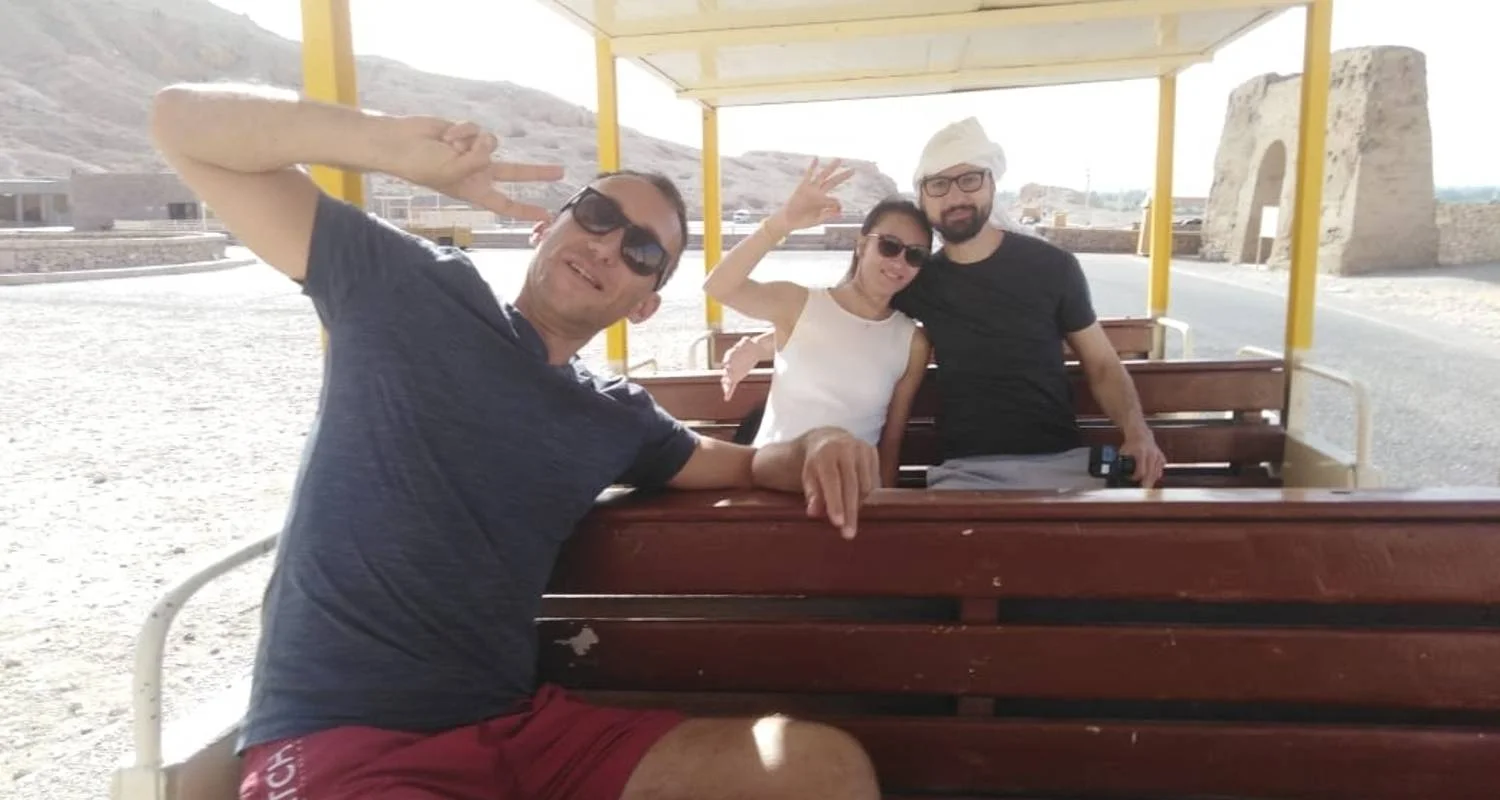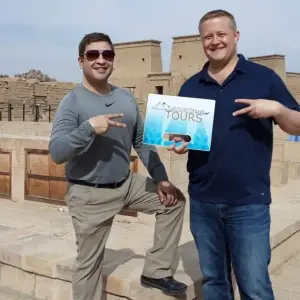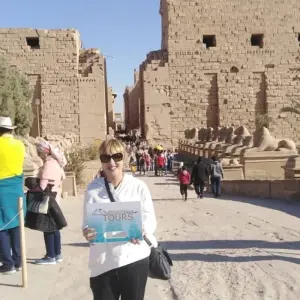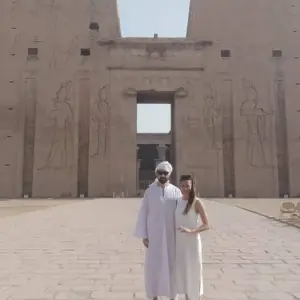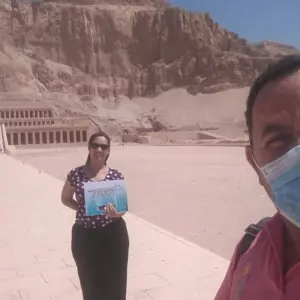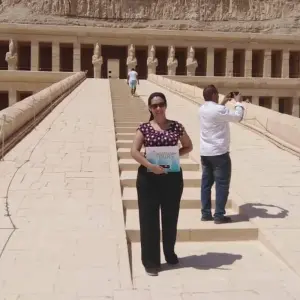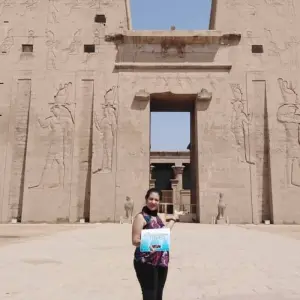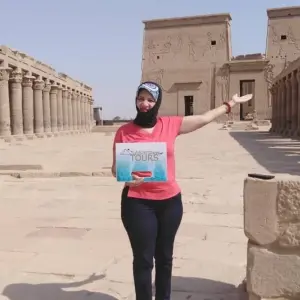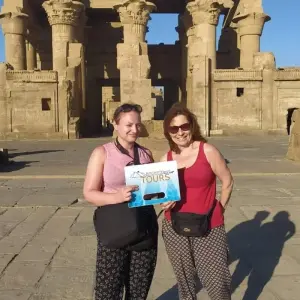Inclusions
The price of your tour includes:
all accommodation as listed in the tour itinerary
all transport as listed in the tour itinerary
all meals and drinks as listed in the tour itinerary
all personnel as listed in the tour itinerary
Exclusions
The price of your tour does not include:
international or internal flights unless specified in the tour itinerary
meals other than those specified in the tour itinerary
visa and passport fees
travel insurance
optional activities and all personal expenses
Cancellation
Cancellation initiated by the operator:
Ancient Egypt Tours may cancel a tour at any time prior to departure, due to terrorism, natural disasters, political instability or other external events that prevents us to operate the planned itinerary and may cause any threat to the traveler.
If we cancel your tour, you can either choose another departure date or alternatively receive a full refund.
We are not responsible for any incidental expenses that you may have incurred as a result of your booking, visas, vaccinations, and travel insurance excess or non-refundable flights as an example
Cancellation Initiated by the traveler:
If you cancel your booking, cancellation fees will be applied. A cancellation is only possible in written form.
The tour operator advises all customers to purchase travel insurance in case of unexpected travel interruption of illness. To confirm a booking, a deposit of 30% of the total tour price is to be paid by the customer.
If a reservation has to be canceled, customers will be charged a fee depending on how far from the departure date the cancellation takes place. To cancel, a customer needs to notify the tour operator in writing of such.
• No shows forfeit entire payment.
• Cancellation made more than 30 days prior to arrival: 30% of the total tour price (deposit).
• Cancellation made between 08 and 30 days prior to arrival: 50% of the total tour price.
• Cancellation made between 04 and 07 days prior to arrival: 75% of the total tour price.
• Cancellation made between 00 and 03 days prior to arrival: 100% of the total tour price
Flexibility
The itinerary provided for each tour is representative of the types of activities contemplated but it is understood that the route, schedules, itineraries, amenities and mode of transport may be subject to alteration without prior notice due to local circumstances or events.
Change of Itinerary
While we endeavor to operate all tours as described, we reserve the right to change the tour itinerary.
Before departure: If we make a major change we will inform you as soon as reasonably possible, if there is time to do so before departure. The definition of a major change is deemed to be a change affecting at least one day in five of the itinerary. When a major change is made you may choose between accepting the change, obtaining a refund of money paid on the land portion of the trip only or accepting an alternative tour offered.
After departure: We reserve the right to change an itinerary after departure due to local circumstances or events outside of our control. In such emergency circumstances the additional cost of any necessary itinerary alterations will be covered by you.
Please note we are not responsible for any incidental expenses that may be incurred as a result of the change of itinerary such as visas, vaccinations or non-refundable flights.
Amendments (Change of Departure Date)
Amendments less than 14 days beore departure date are not possible. Our Terms & Condition, Cancellation Policy applies.
Amendments made between 6 months and 2 weeks before departure: No amendment fees apply. You can change your departure date within this time window free of charge.
Amendments made more than 6 months up to 1 year before departure: A 10% amendment fee / 10% of the tour price will be charged for changing your departure date.
Amendments made more than 1 year before departure: You will be charged a 10% amendment fee, and any increase in the cost of services for the new tour date.
Optional Activities
Optional activities are not included in the tour price and are not part of our contract.
You accept that any assistance given by your guide in arranging optional activities does not render us liable for them in any way. The contract for the provision of that activity will be between you and the activity provider unless specified by us.

